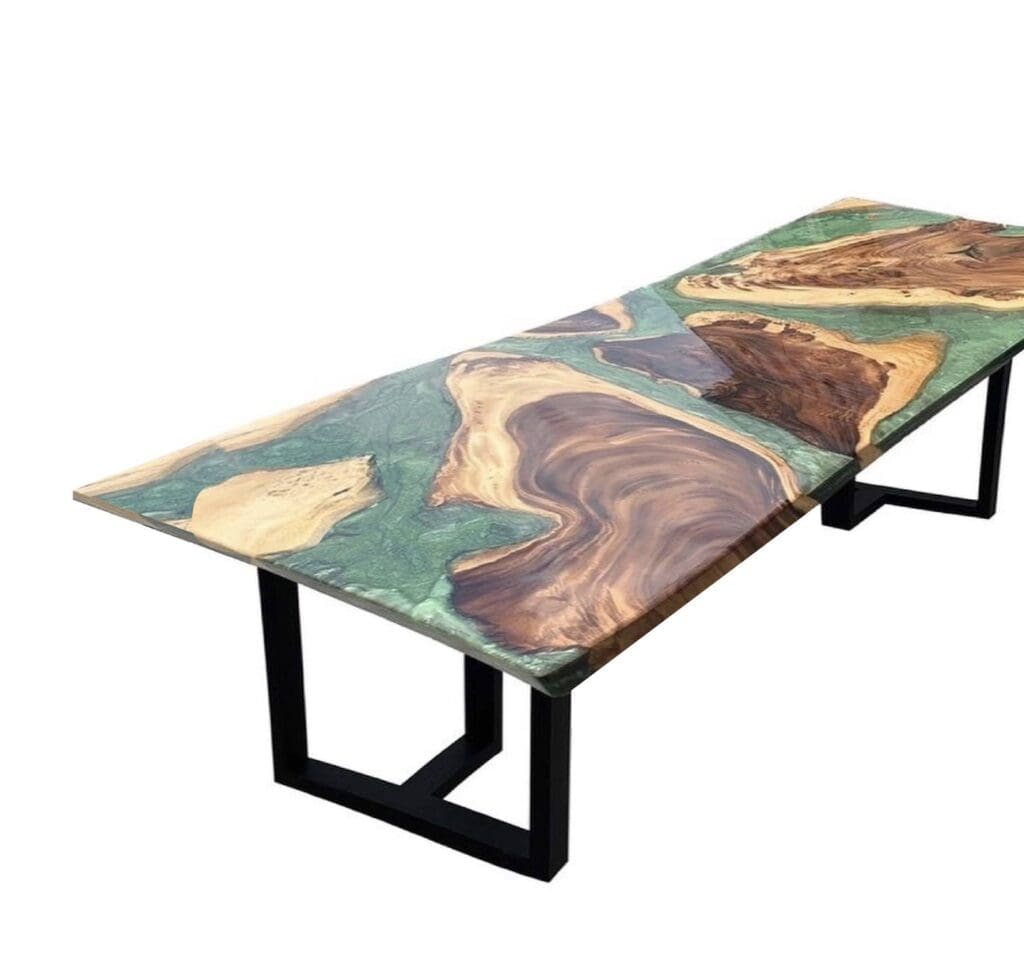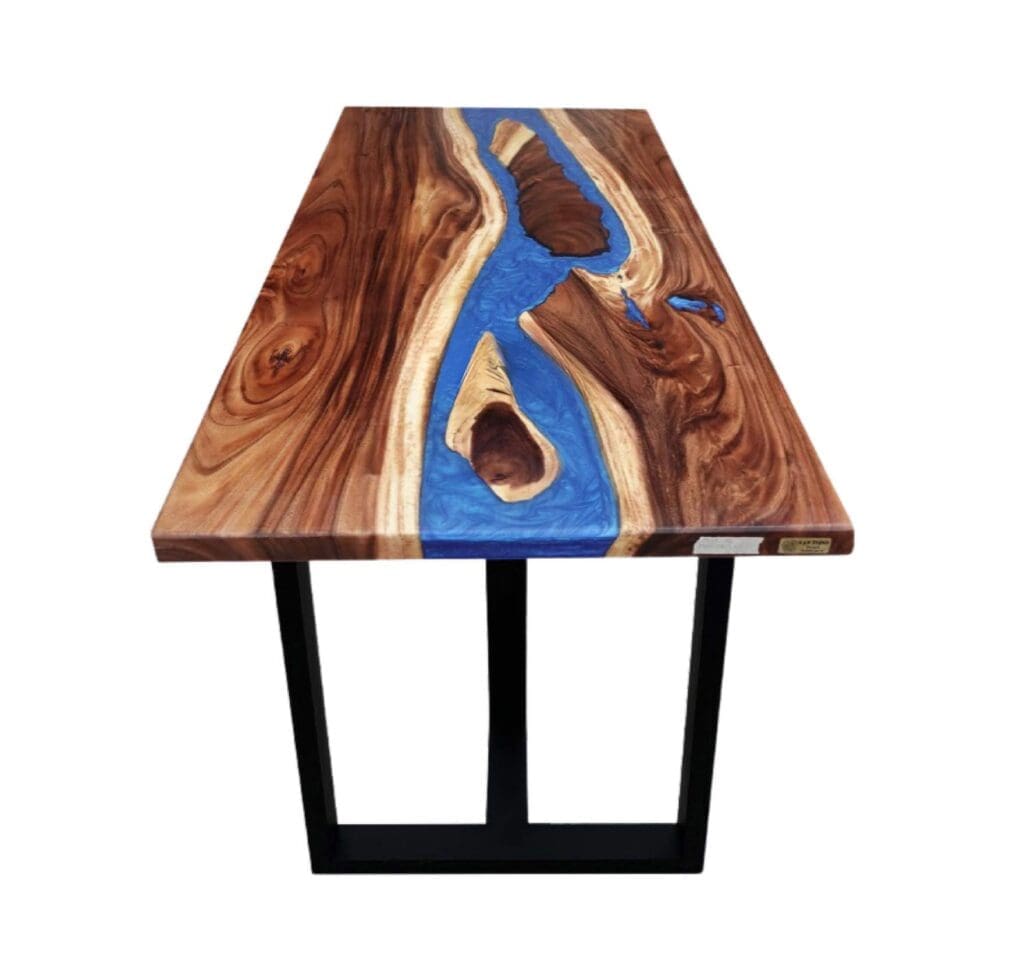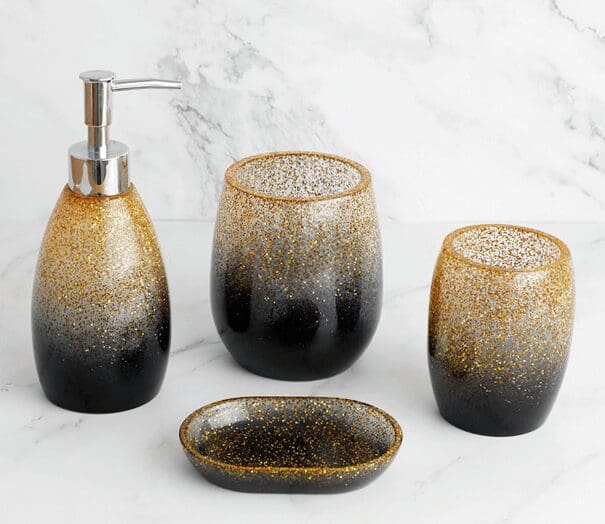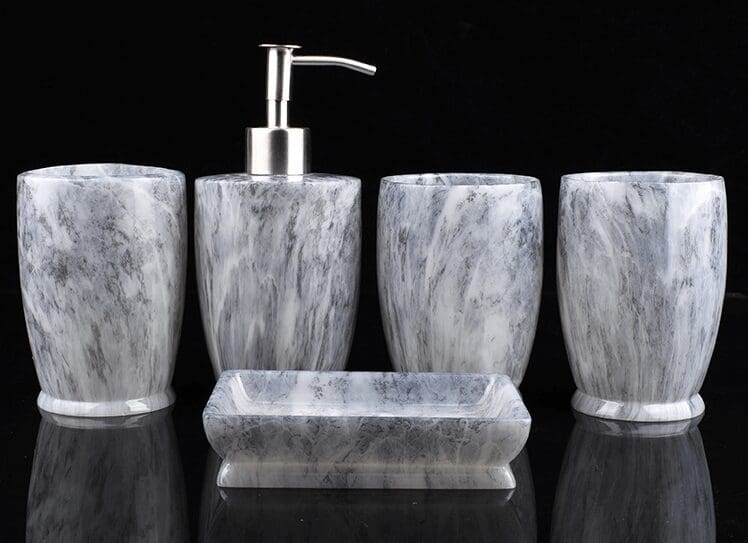Even though composite resins and ceramics seem very similar, they are not precisely the same.
Composite resins and ceramics are extensively used in various industries due to their unique properties and advantages. While composite resins are cost-effective and flexible, ceramics are characterized by their toughness and heat resistance. This article explores their properties, differences, and applications in more depth.
Table of Contents
- Understanding Composite Resins
- Delving Into Ceramics
- Comparing The Properties And Applications Of Ceramic Vs. Composite Ceramics
- Frequently Asked Questions
- Related Content
Understanding Composite Resins
Composite resins are solid materials created by combining two or more different components, resulting in properties superior to those of the individual components.
They consist of a matrix, filler, and a coupling agent, and their composition can be adjusted to produce different levels of strength and flexibility. Typical applications of composite resins include material science and dentistry.


The Interesting History Of Composite Resins
The origins of composite resins trace back to the 1960s. Dr. Rafael Bowen, a notable figure in dentistry, made significant strides in research that led to the invention of composite resins. Bowen’s work resulted in a material that was a blend of polymer and inorganic fillers, which we now know as composite resins.
Initially, composite resins in dental restorations weren’t widespread, as these early versions weren’t exceptionally durable and had a limited range of applications.
However, advancements in technology over the subsequent decades led to the development of improved versions of composite resins that were stronger, more durable, and came in a broader range of shades to match natural teeth color better.
It wasn’t until the 1980s that composite resin became popular in dental practices. The advent of acid-etch techniques, which allow better adhesion of composite resins to teeth, and the growing demand for aesthetic dental procedures helped spur their popularity.
Today, composite resins are a common material in dentistry, favored for their versatility, aesthetic appeal, and ability to restore the form and function of damaged teeth. They’ve revolutionized the dental industry, offering a cost-effective and less invasive alternative to traditional dental amalgam fillings.
Composite resins have been used in various industrial applications outside the dental sphere. From automotive parts to aerospace applications to home decor, these materials have proven valuable due to their lightweight nature, durability, and flexibility.
The development and widespread use of composite resins have been significant, transforming various industries and paving the way for future advancements in material science.
Delving Into Ceramics
Ceramics are inorganic, non-metallic materials that are hardened at high temperatures. Usually made from metal oxides, metallic elements, and certain inorganic elements like carbon, ceramics have a crystalline atomic structure.
They are widely used to manufacture pottery, bricks, tiles, cement, and glass.


The Long History Of Ceramics
Unlike Composite resin, Ceramics is one of the oldest known artificial materials, with a rich history spanning thousands of years. Its roots can be traced to around 24,000 BC, with archaeological evidence of ceramic figurines discovered in the Czech Republic.
The use of ceramics expanded around 14,000 BC when humans began to use them for more practical applications, such as making containers and vessels. The advent of pottery was a significant development in human civilization, particularly in the Neolithic era around 10,000 BC, when humans transitioned from nomadic life to settled farming.
The ability to create pottery vessels allowed for more efficient storage and transportation of food and goods, playing a vital role in the growth and spread of agriculture.
As civilizations advanced, so did the use and manufacture of ceramics. The ancient Egyptians, Greeks, and Chinese developed pottery-making techniques that allowed for more intricate designs and improved durability.
By 1500 BC, the Chinese had started creating high-quality porcelain, a type of ceramic that had become synonymous with Chinese art and culture.
The Industrial Revolution in the 18th century brought about significant changes in ceramics production. The invention of the potter’s wheel and new firing techniques allowed for mass production and uniformity of ceramic goods.
With the discovery of new raw materials and advanced technologies, a more comprehensive range of ceramic types and applications emerged, including tiles, bricks, and porcelain goods.
The 20th century saw ceramics being used in advanced applications, such as in electronics and aerospace industries, due to their exceptional heat resistance and electrical insulating properties. Today, ceramics are a crucial part of modern life, used in various industries, from construction and transportation to electronics and healthcare.
The history of ceramics is a testament to human ingenuity and the evolution of material science. From rudimentary pottery to high-tech applications, ceramics have stood the test of time.
Comparing The Properties And Applications Of Ceramic Vs. Composite Ceramics
Ceramic materials outperform composite resins in hardness and heat resistance, making them suitable for furnace linings and kiln furniture applications. Conversely, the flexibility of composite resins makes them ideal for use in applications that demand some degree of bending, like automotive parts.
In the realm of dentistry, both materials find widespread use. Composite resins are favored for matching natural teeth color, making them ideal for fillings, veneers, and crowns. Ceramics, mainly porcelain, are used in dental crowns and bridges due to their ability to mimic the color and clarity of natural teeth, so both ceramics and composite resins are used in the dental industry today.
Aesthetics And Cost
Ceramics are preferred when a glossy and smooth finish is required, while composite resins also provide an appealing look but fall short compared to ceramics’ aesthetic appeal.
The manufacturing process of ceramics is resource-intensive, making ceramic products more expensive than those made from composite resins. However, the ultimate cost-effectiveness would depend on the specific application and performance requirements.
When manufacturing ceramics, many things can be done, such as looks or glazes you can never get with any resin. That is why ceramics are a popular choice in the home decor industry.
Both composite resins and ceramics have their place in various industries due to their unique properties. The choice between the two depends on the application’s specific requirements, considering cost, strength, aesthetics, and resilience. Whether it’s industrial use, material science, or dentistry, both materials play a crucial role in everyday life.
We would love to talk to you if you want to see how we can help you with any of your resin or ceramic production.
Find out more about how Mondoro can help you create, develop, and manufacture excellent home decor and furniture products – don’t hesitate to contact me, Anita. Check out my email by clicking here or become a part of our community and join our newsletter by clicking here.
Mondoro gives out a FREE Lookbook to anyone interested. You can receive a copy of our latest Lookbook by clicking here.
Listen to our Podcast called Global Trade Gal. You can find it on all major podcast platforms. Try out listening to one of our podcasts by clicking here.
Subscribe to our Mondoro Company Limited YouTube Channel with great videos and information by clicking here.
Frequently Asked Questions
What are composite resins and ceramics, and how do they differ?
Composite resins are synthetic materials made of a mixture of resin and filler particles, while ceramics are inorganic, non-metallic materials typically formed by heating and cooling. The key difference lies in their composition and manufacturing processes.
What properties make composite resins suitable for certain applications?
Composite resins are known for their flexibility, ease of manipulation, and cost-effectiveness. They can be molded to various shapes and are commonly used in dental fillings, automotive parts, and some consumer goods.
In what industries are ceramics commonly employed, and what sets them apart?
Ceramics are widely used in industries where toughness, heat resistance, and durability are crucial. Common applications include aerospace components, cutting tools, and biomedical implants. Their inorganic nature provides unique advantages in extreme conditions.
How do the mechanical properties of composite resins and ceramics differ?
While composite resins offer good strength and flexibility, ceramics excel in hardness, toughness, and resistance to high temperatures. Understanding these mechanical differences is essential when selecting materials for specific applications.
Are there any cost considerations when choosing between composite resins and ceramics?
Composite resins are generally more cost-effective than ceramics, making them a preferred choice in applications where budget constraints are significant. However, ceramics may justify their higher cost in situations requiring superior durability and performance.
Can composite resins and ceramics be used interchangeably in certain applications?
In some cases, yes. However, careful consideration of the specific properties required for a given application is crucial. Factors such as mechanical stress, temperature variations, and environmental conditions will influence the choice between composite resins and ceramics.
How do these materials respond to environmental factors like moisture and chemicals?
Composite resins may be susceptible to degradation in the presence of certain chemicals and prolonged exposure to moisture. Ceramics, being inorganic, generally exhibit higher resistance to these environmental factors, making them suitable for harsh conditions.
What role do aesthetics play in choosing between composite resins and ceramics?
Composite resins are often preferred in applications where aesthetics are crucial, such as dental restorations, due to their ability to mimic the appearance of natural materials. Ceramics, while durable, may not offer the same level of aesthetic versatility.
Are there any advancements or innovations in composite resins and ceramics technology?
Both fields see continuous research and development. Innovations in composite resins focus on improving strength and wear resistance, while advancements in ceramics explore new formulations to enhance specific properties, expanding their range of applications.
How can one determine the most suitable material for a particular application?
Choosing between composite resins and ceramics involves a thorough analysis of the specific requirements of the application. Factors like mechanical demands, environmental conditions, aesthetics, and budget constraints should all be considered to make an informed decision.
Related Content
What Is Shagreen? Manufacturing Faux Shagreen Home Decor Products
Shagreen is a rawhide that has small bumps on the skin’s surface. The shagreen hide was traditionally from shark and stingray skins. As sharks and stingrays are endangered species, we manufacture our shagreen with faux shagreen.
You can discover more by reading What Is Shagreen? Manufacturing Faux Shagreen Home Decor Products by clicking here.
What is the Ankole-Watusi Big-horned African Cow and How Is It Used in Home Decor Products?
The Ankole-Watusi big-horn African cow is a medium-sized cattle that have very longhorns. These cows are found mainly in Africa. The cow is not an endangered species, so cows are sold as meat, and the horns are also sold to make home decor and jewelry items. This ensures that every part of the cow is somehow used and nothing goes to waste.
You can discover more by reading our blog The Ankole-Watusi Big-horned African Cow and Home Decor Products by clicking here.
What Are The Agate Natural Agate Stone Beads Used For Home Decor Products?
Agate is a natural rock formation used as a decorative element for centuries. It can be found in many parts of the world, and agate stone has many different kinds and colors. In the Asia practice of Feng Shui, it can help us strike a balance in life and for good luck.
You can find out more by reading our blog Natural Agate Stone Beads For Home Decor Products by clicking here.

